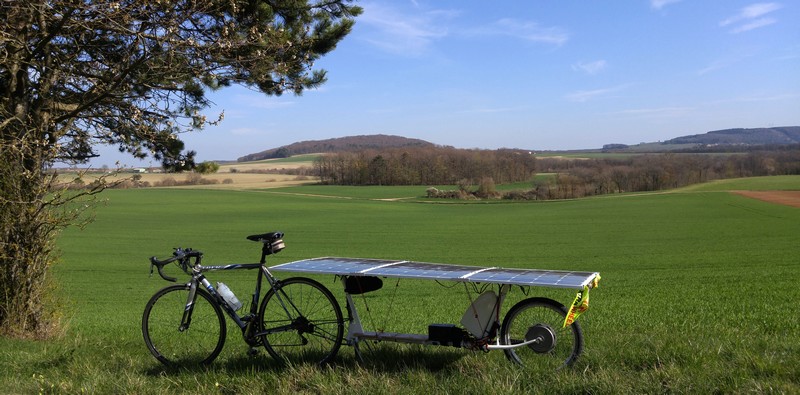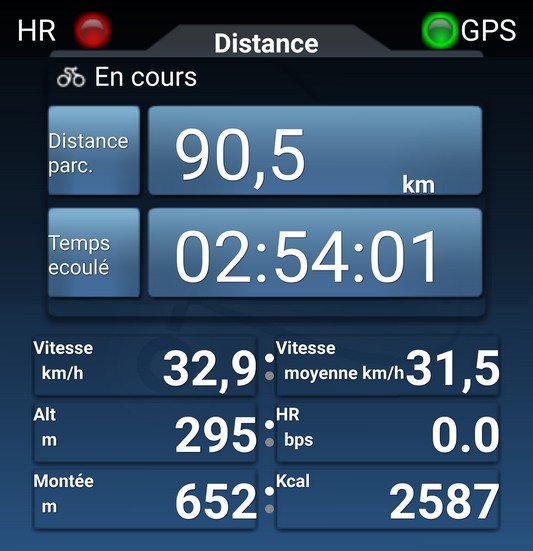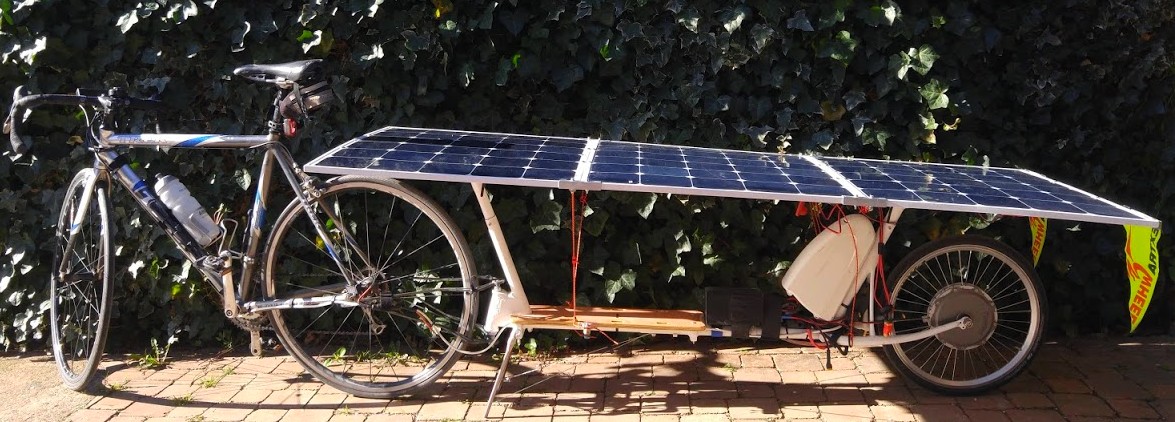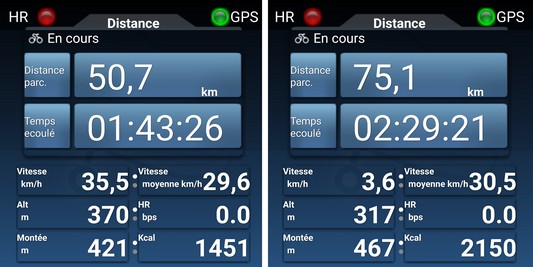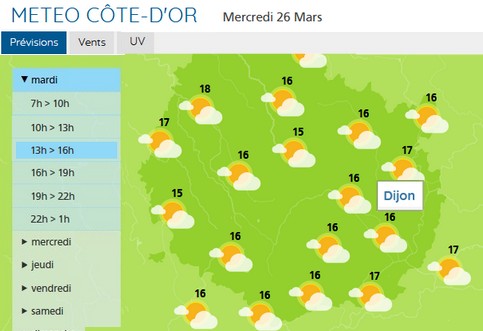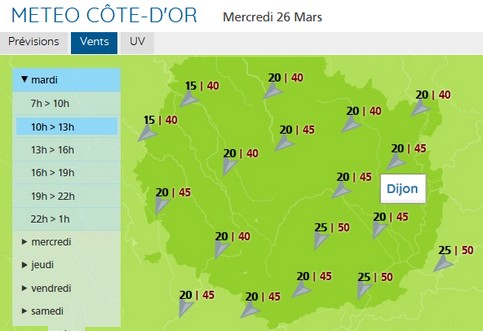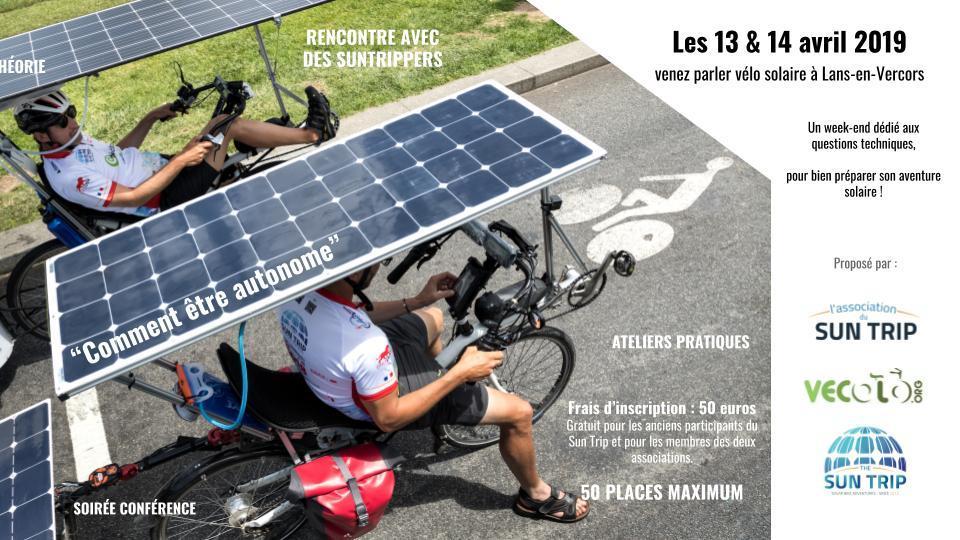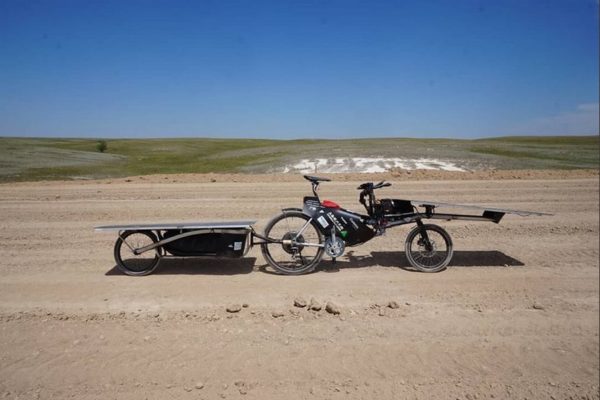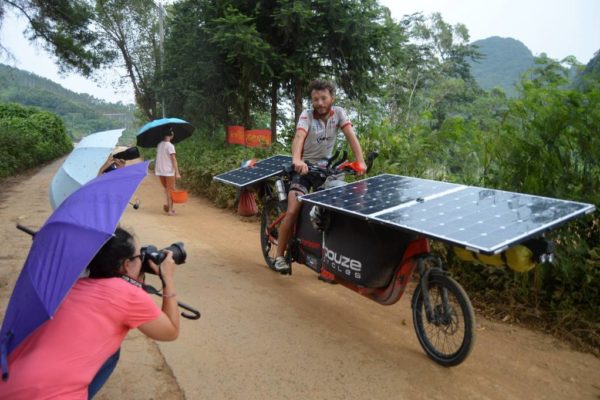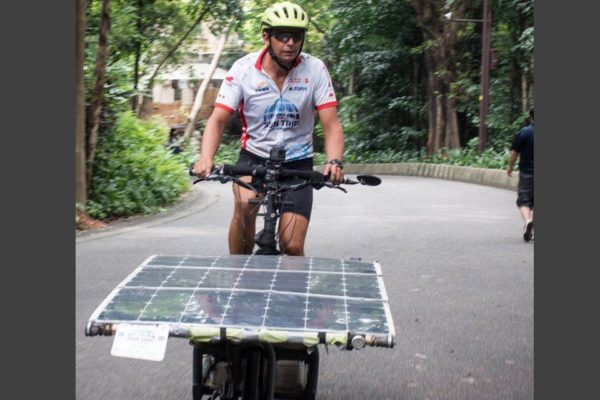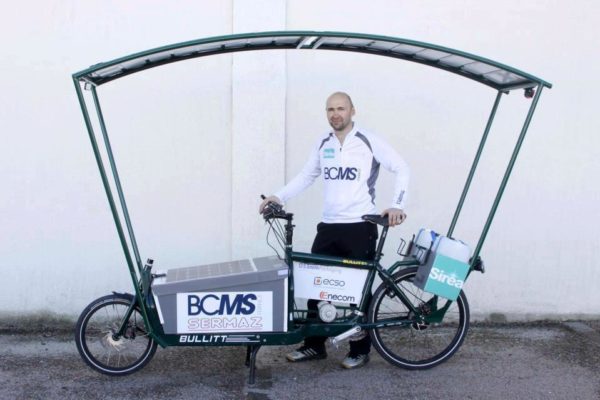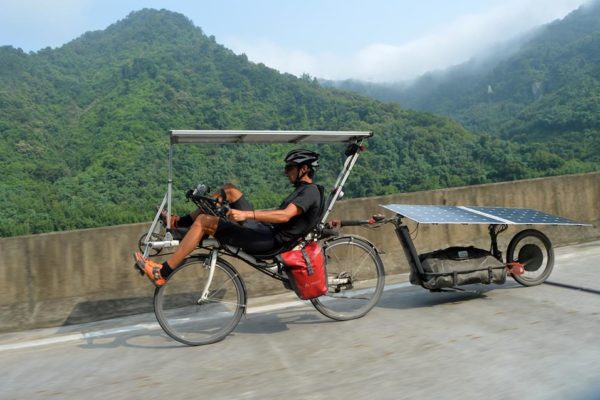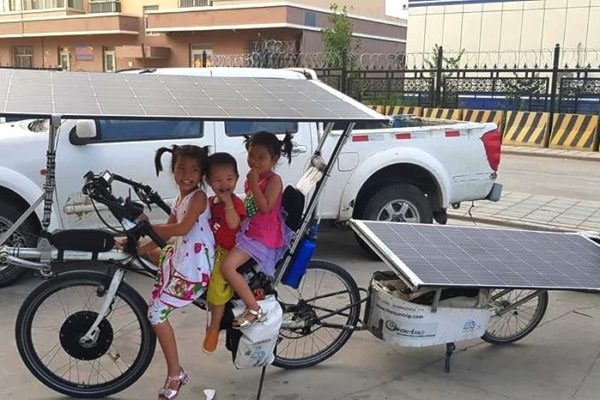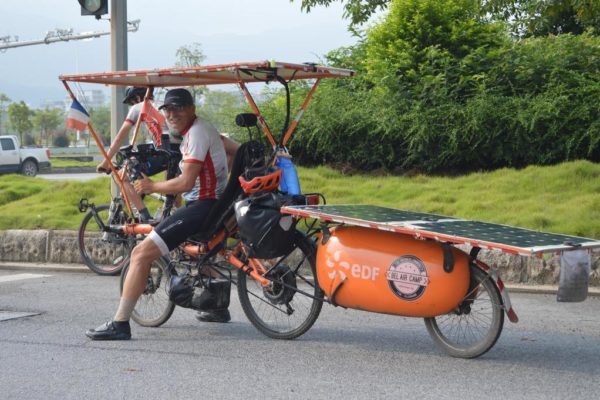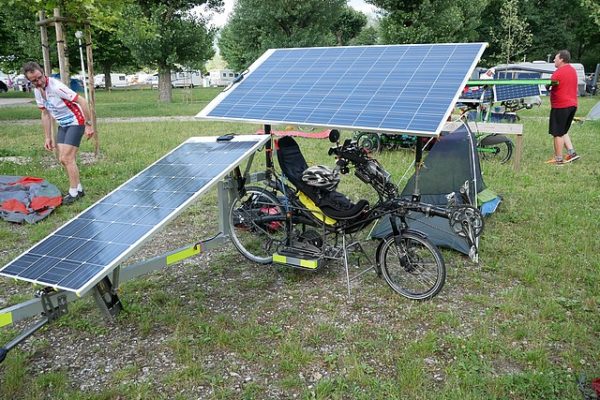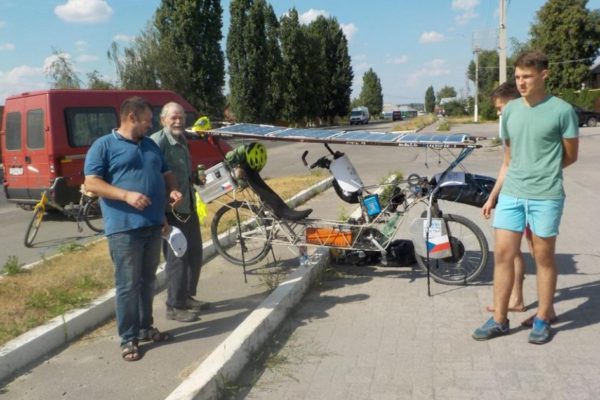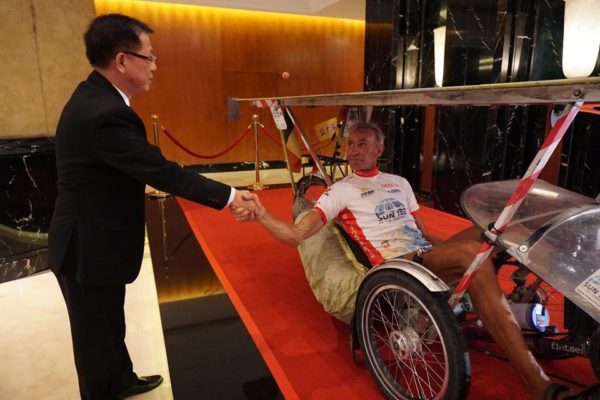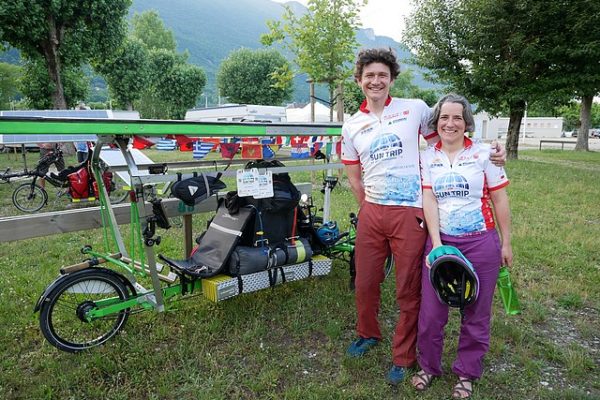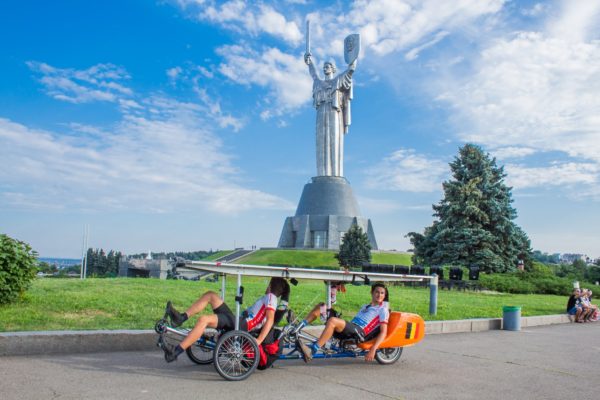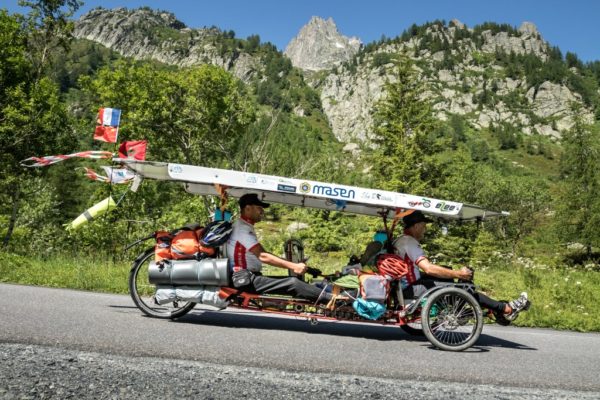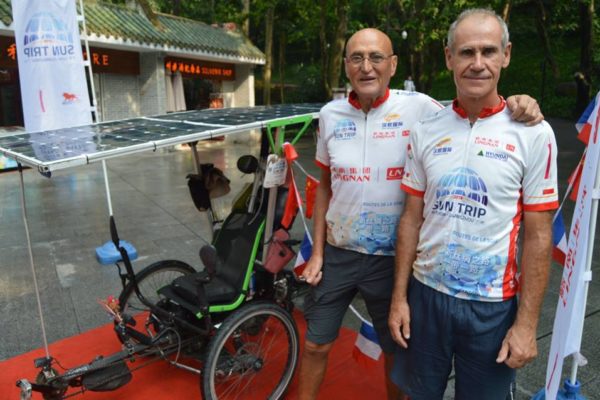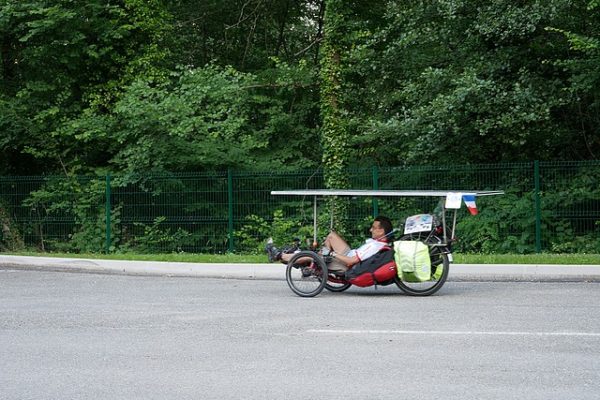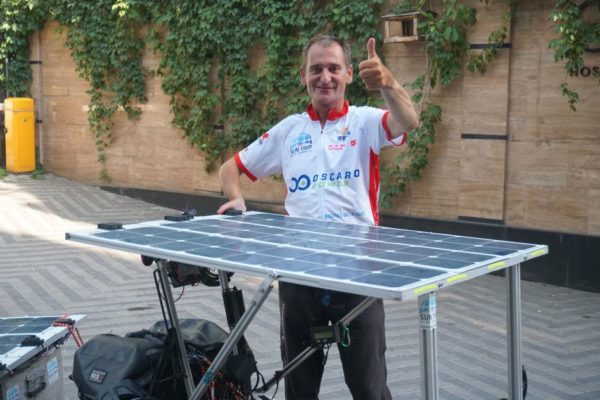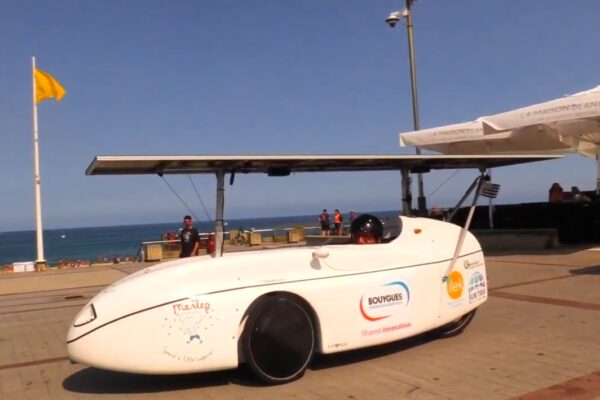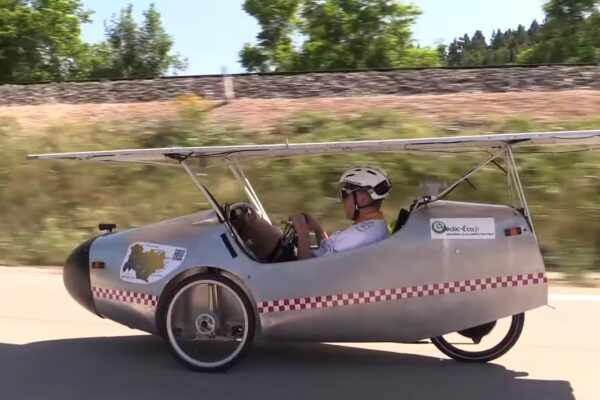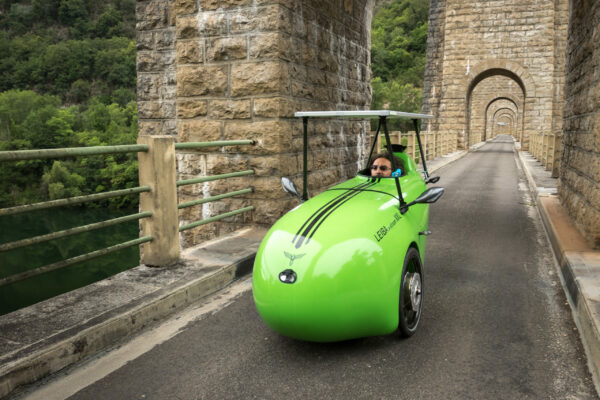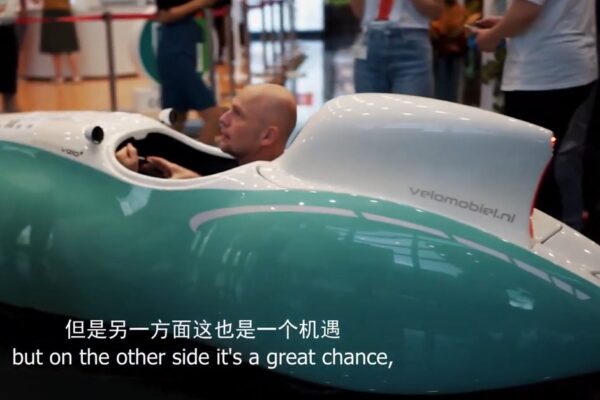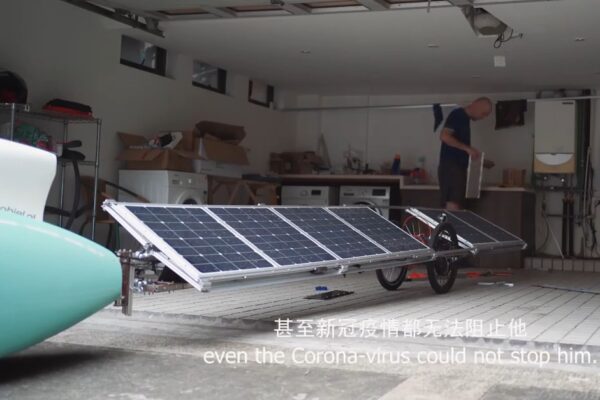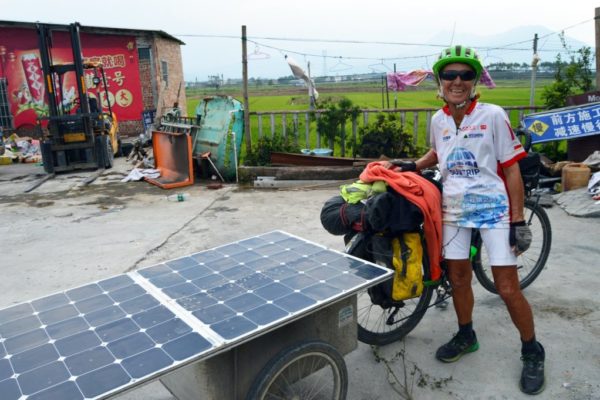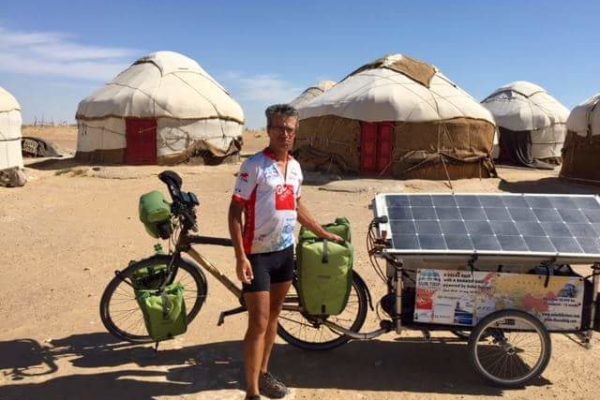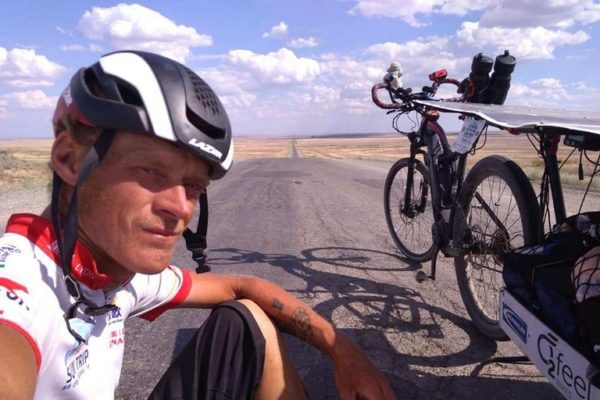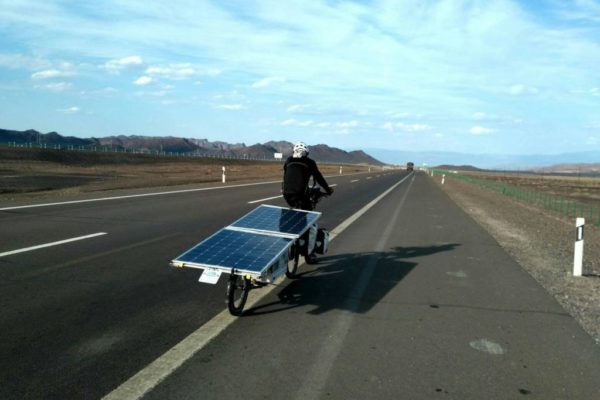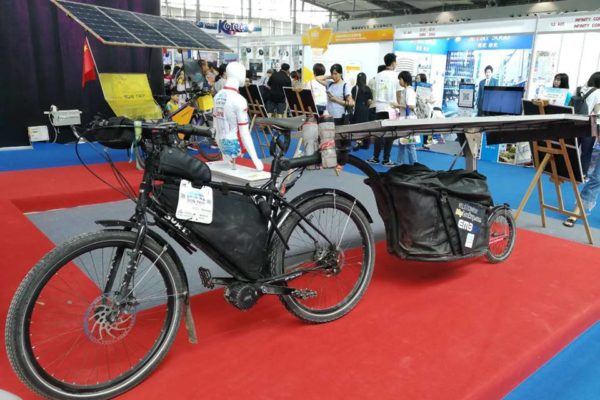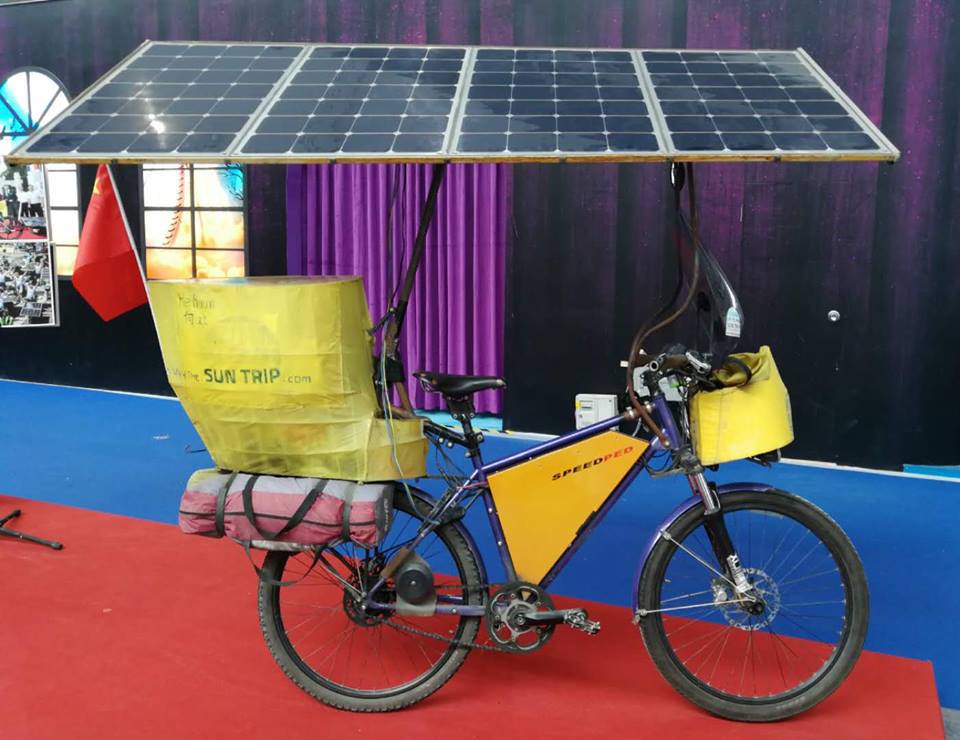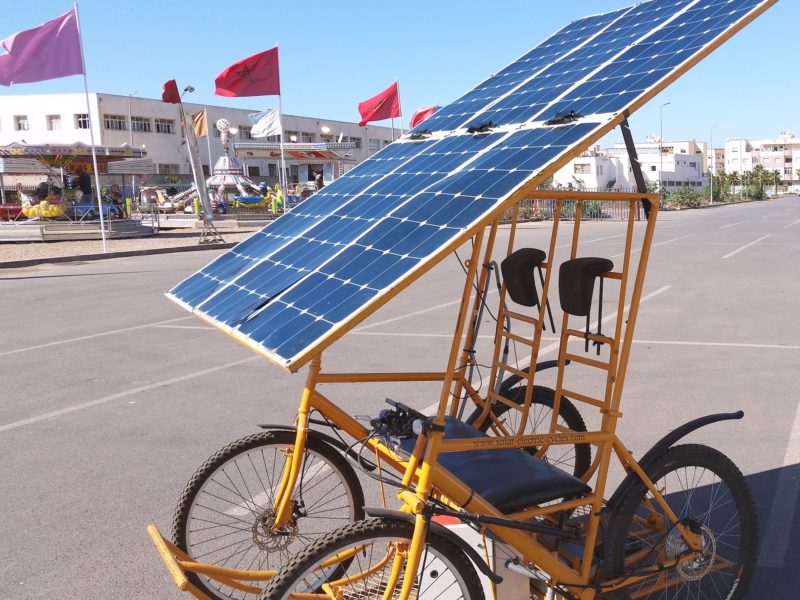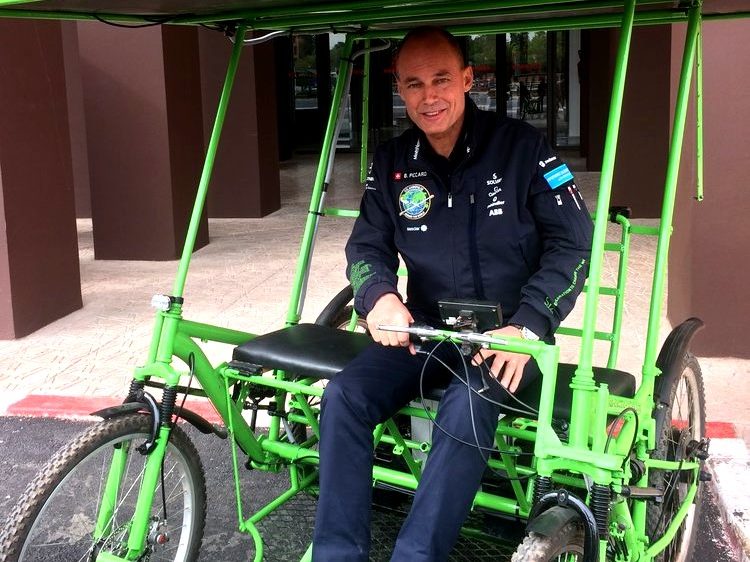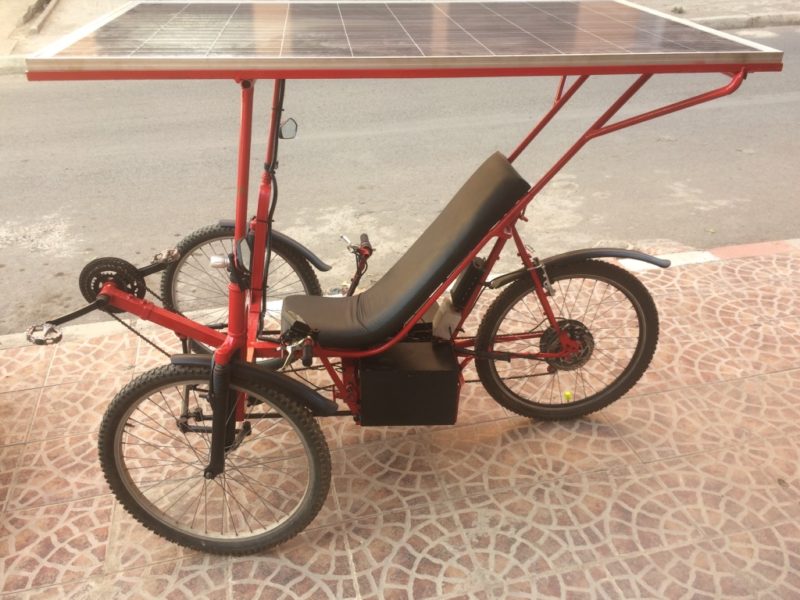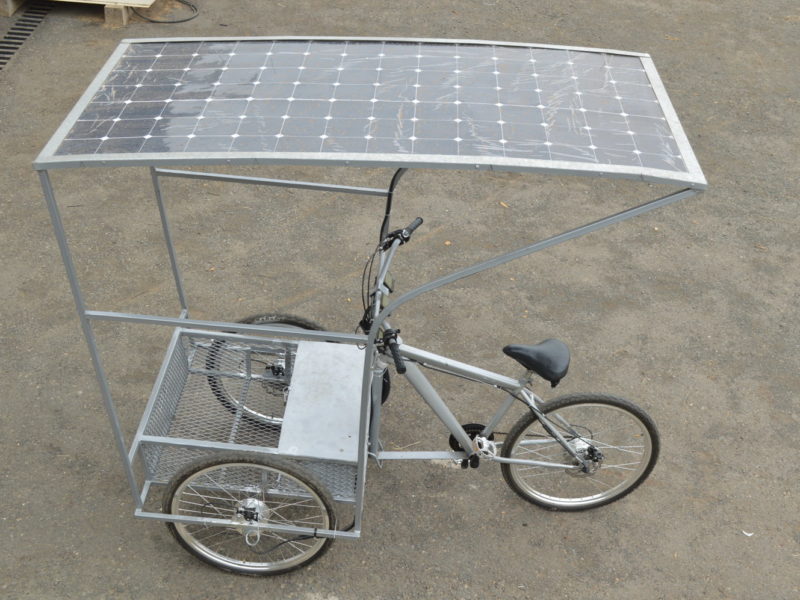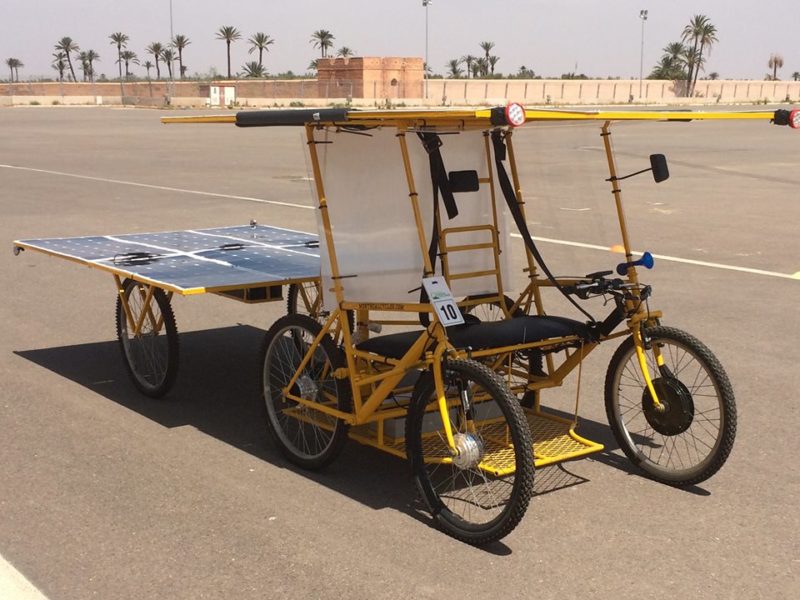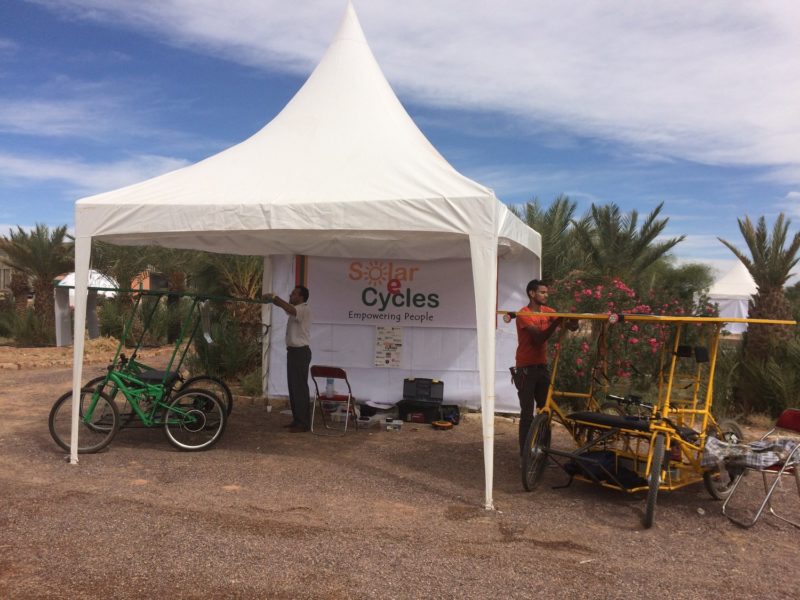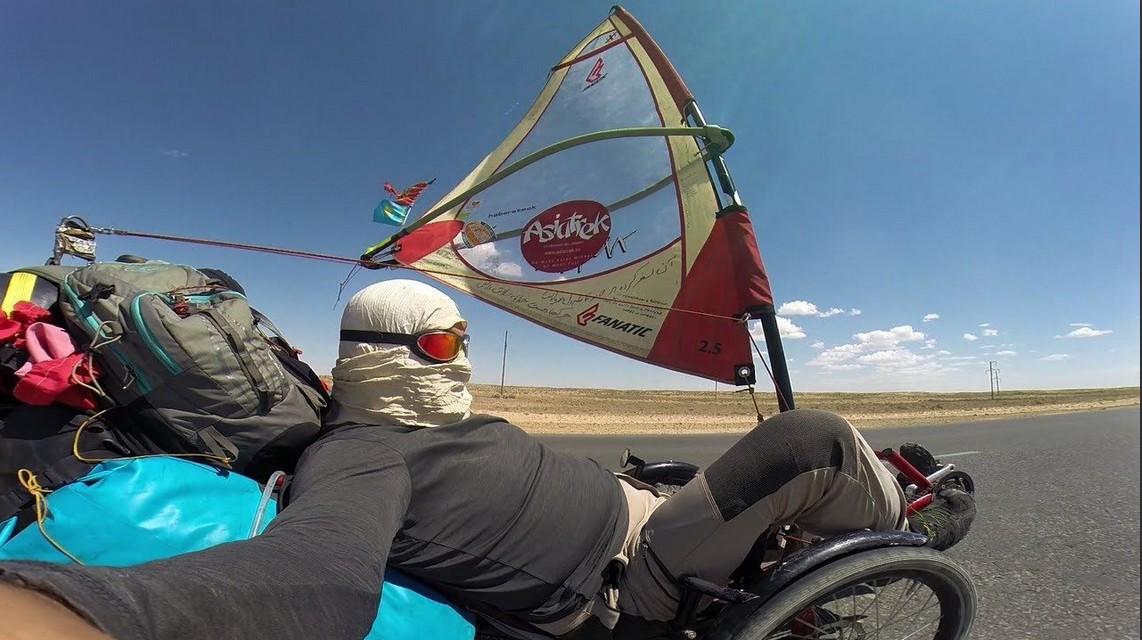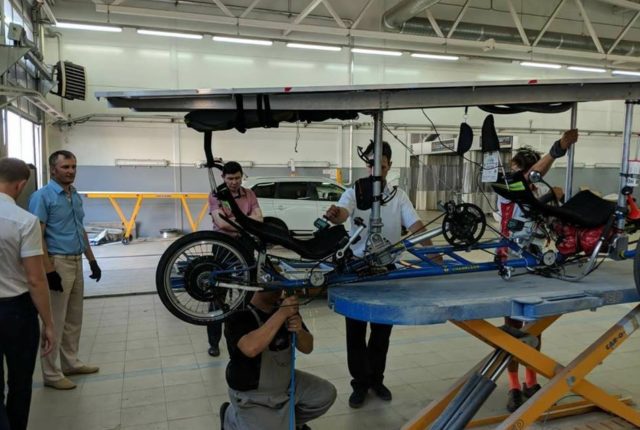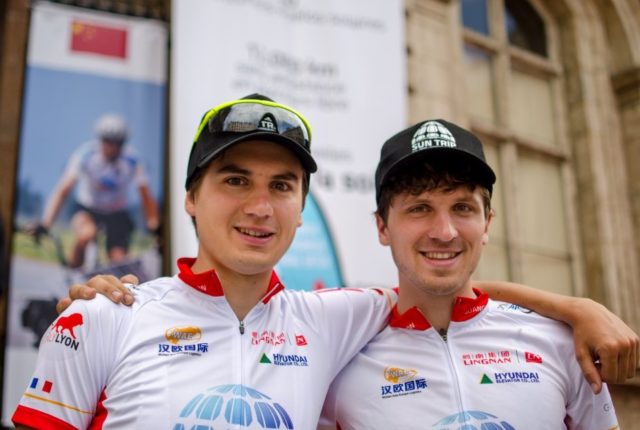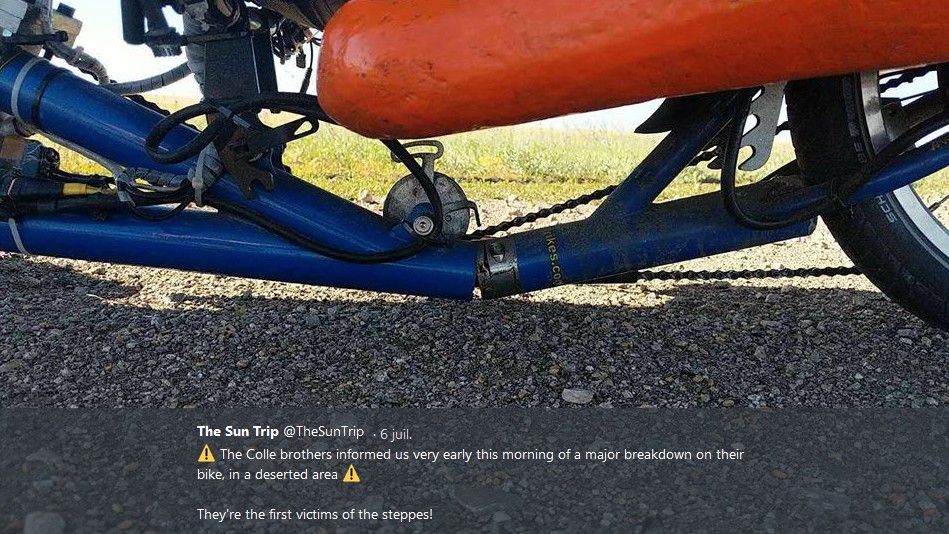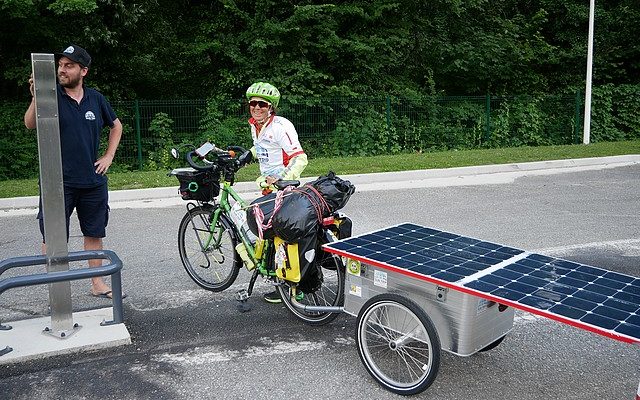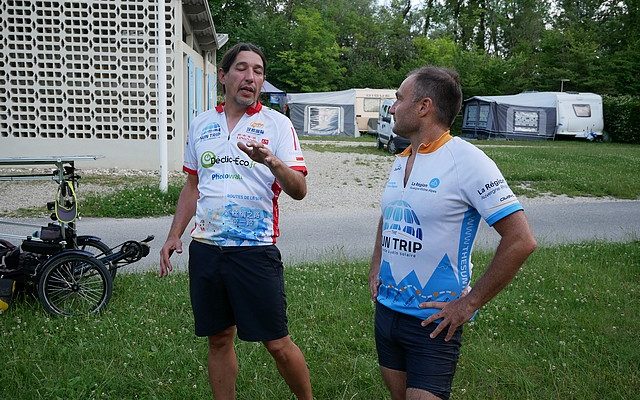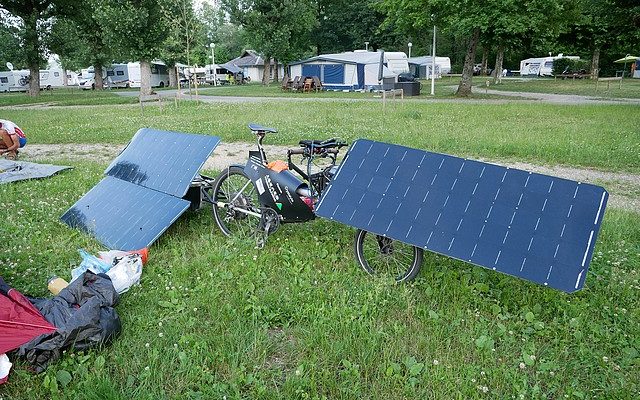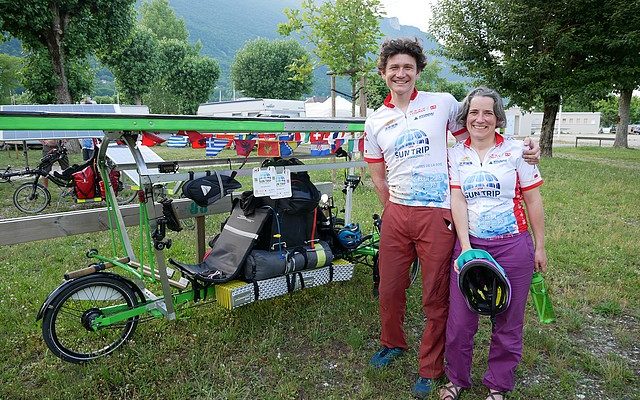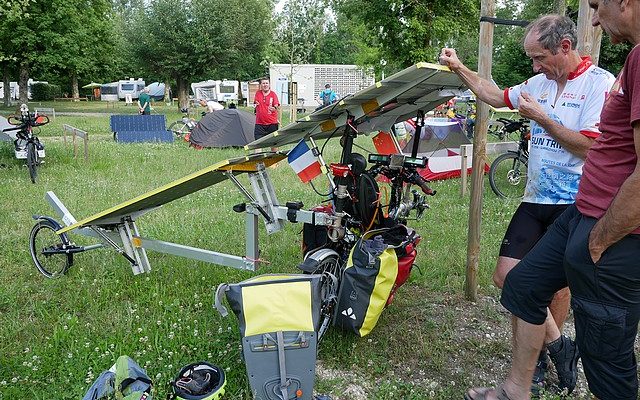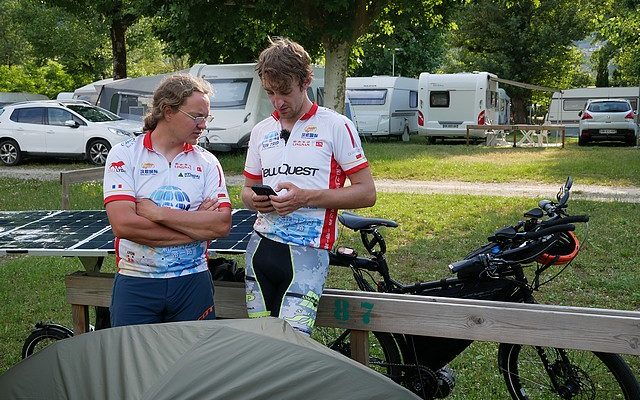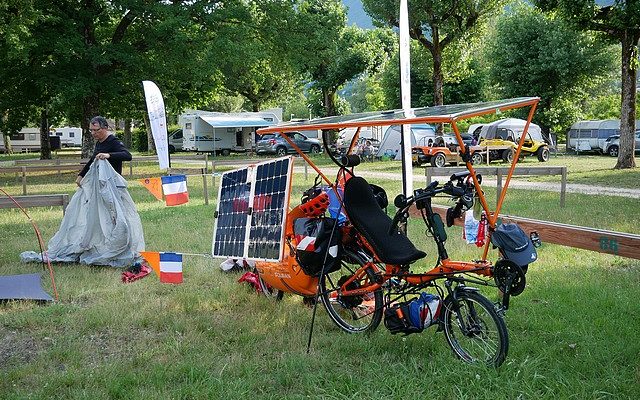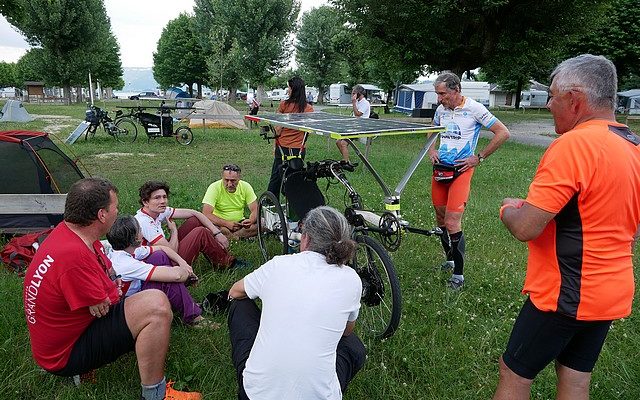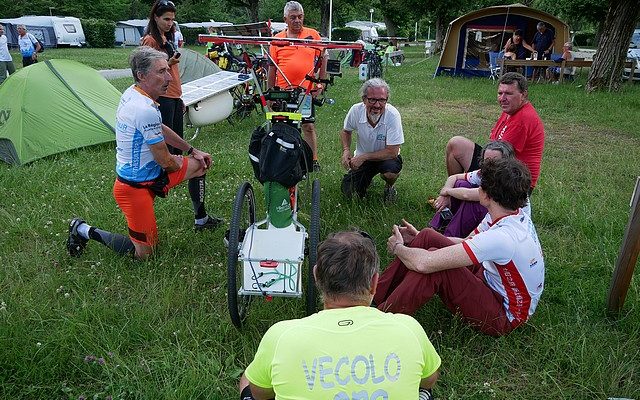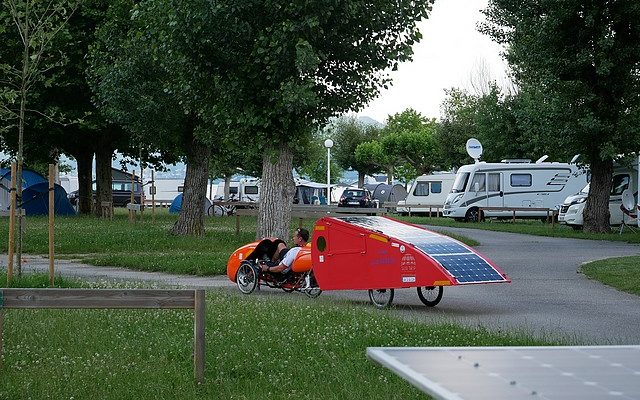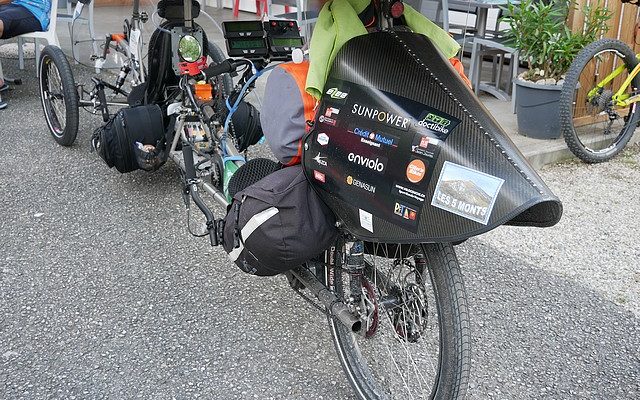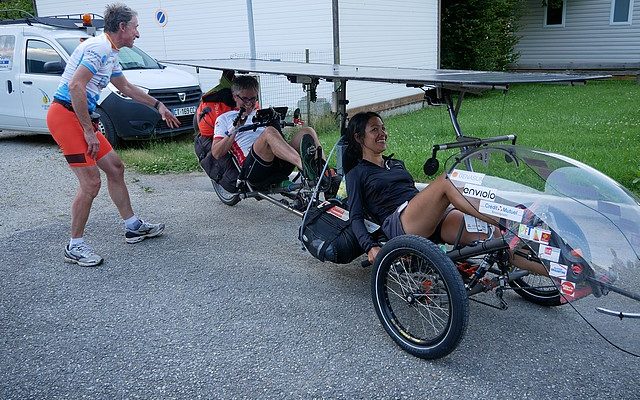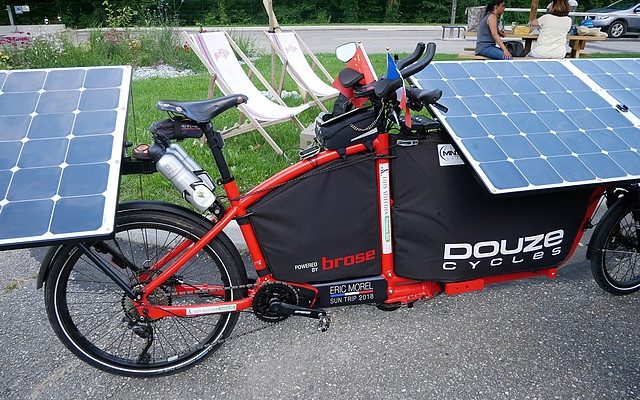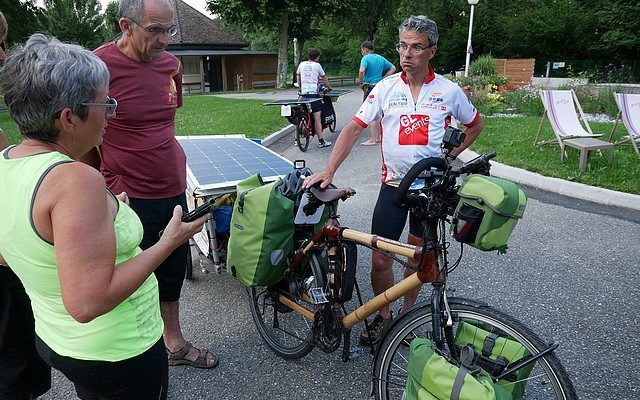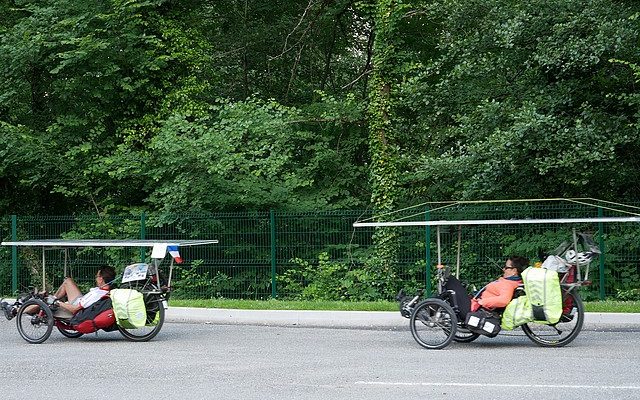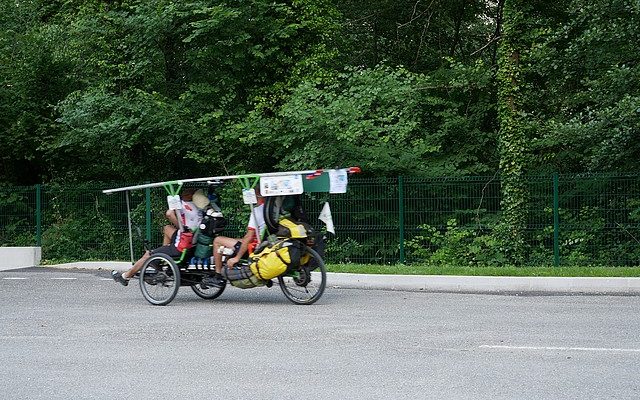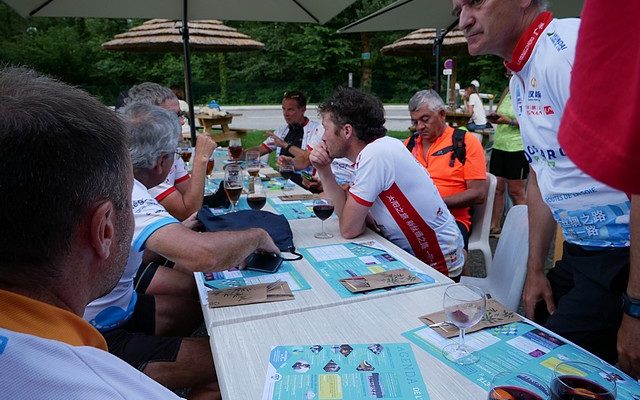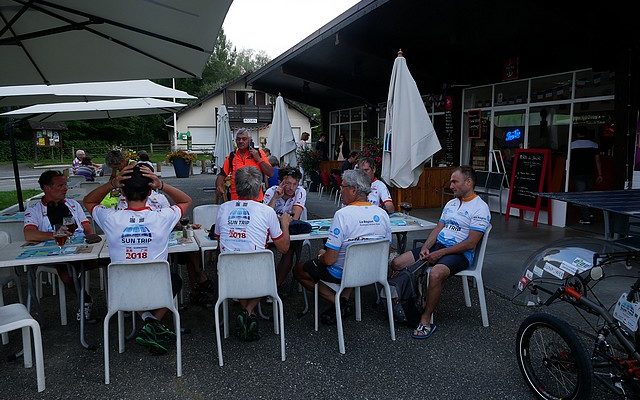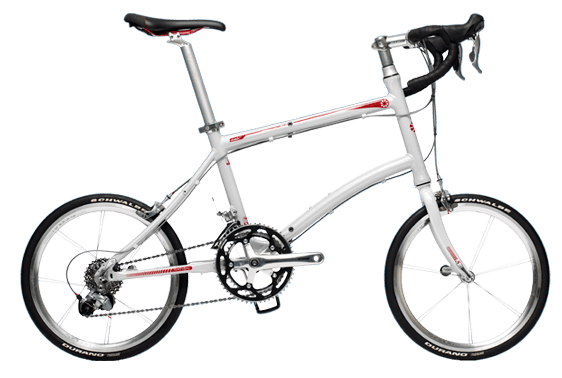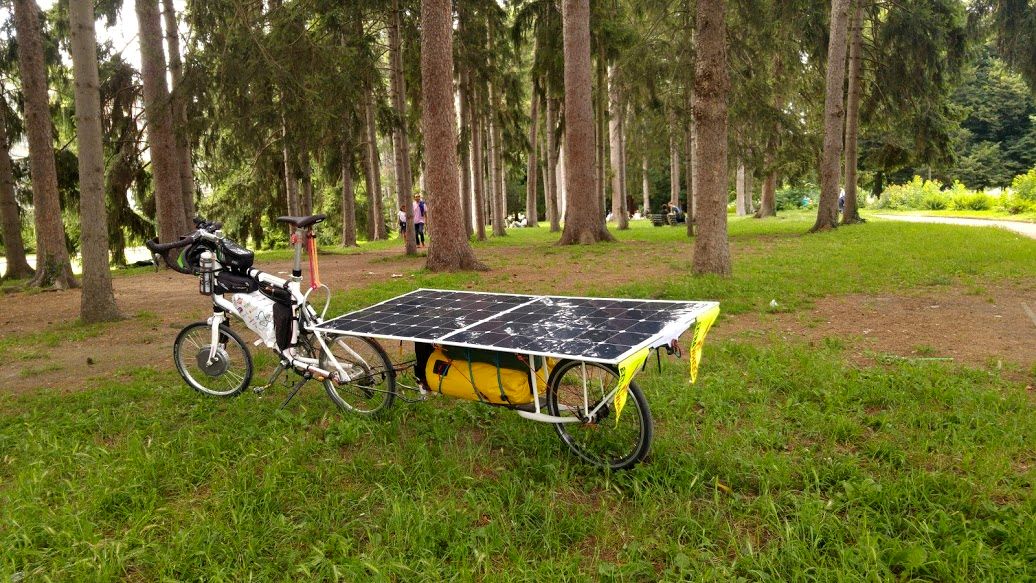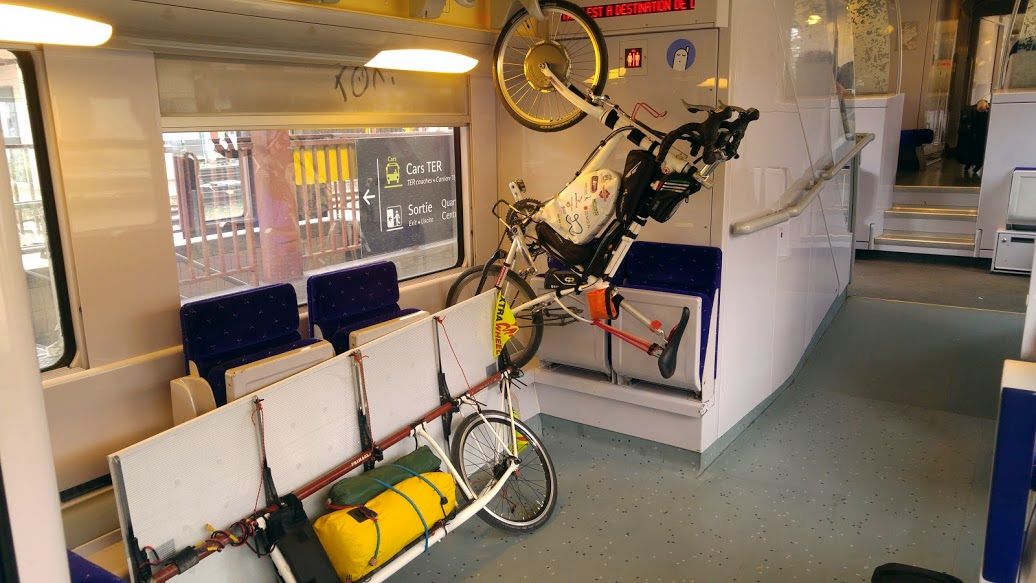 After several days of rain, the Sun came back! It is slightly veed but no matter: I was too eager to test the solar panels received three days earlier! I compared them to the panels bought in 2017 and 2018. Although this test has no scientific value, the observations have seemed interesting enough to be published.
After several days of rain, the Sun came back! It is slightly veed but no matter: I was too eager to test the solar panels received three days earlier! I compared them to the panels bought in 2017 and 2018. Although this test has no scientific value, the observations have seemed interesting enough to be published.
Test panels

|
Panel A specified power: 50Wc nominal number of cells: 4 x 4 = 16 cell manufacturer: unspecified cell class: not specified provenance: purchase from a reputable reseller on internet price: 2 x €142 = €284 for 100Wc in 2017 |
 |
Panel B specified power: 100Wc nominal number of cells: 5 x 6 = 30 cell manufacturer: unspecified cell class: class C (visible defects) provenance: purchase on a famous auction website price: €135 in 2018 |
 |
Panel C specified power: 110Wc nominal number of cells: 5 x 6 = 30 cells: SunPower™ Maxeon cell class: class A provenance: purchase from Linksolar manufacturer price: €350 (~ 395 USD) in 2019 |
Measuring the instantaneous power of the panels
Not having a solar energy measuring device, it was not possible for me to measure the actual performance of each Panel. So I chose to measure the instantaneous power of the panels with wattmeters, in the sunshine conditions of the moment. And I compared 2 to 2 the panels connected each to an identical charge regulator charging the same battery.
Measured power with panels B and C 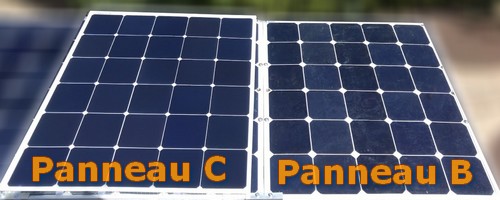

Measured power with panels A and C 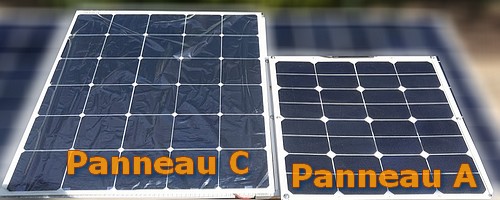

Reservations about the test protocol
Various elements could impact the outcome of the measures and their analysis:
-
- difference in the years of panel manufacturing, in a context of steady progression of cell performance;
- difference in State of obsolescence and use of panels: Panel C totally new, Panel B having travelled several thousand km (vibrations + shocks), Panel A of 2017 never used and stored;
- calibration difference of non-certified wattmeters;
- measurements made by veted Sun (repeat the test in other conditions of sunshine).
However, these elements can not fundamentally call into question the results obtained.
Calculations and results
The C Panel being the most powerful, I took it as a reference. I calculated the ratio of the power produced by Panel A or B to the power produced by Panel C. The table above shows the relative efficiency of panels A and B in reference to Panel C, which therefore has an efficiency of 100%. Pushing the reflection further, I imagined an increase in the surface of panels A or B to get the same power as the C Panel. I then calculated the cost in corresponding A or B panels, and the corresponding panel surface.

NB: I took into account the difference in the number of cells (Panel A: 16 cells, panels B and C: 30 cells).
When observing this table, the following remarks can be issued:
Real power:
- panels A and B have almost identical power while panel A is 2 times more expensive than panel B;
- the power of panel C is almost double that of panels A and B.
Price to get the same real power:
- at equal power, panel A is 71% more expensive than panel C;
- at equal power, panel B is 21% cheaper than panel C.
Surface to achieve the same real power:
- at equal power, panels A and B occupy 90% more surface area than panel C.
Personal notes
Objective and subjective criteria had guided my purchases:
- in 2017, I totally discovered the universe of the solar panel, it had reassured me to buy at a large recognized website, the many exchanges by phone and email had given me confidence.
- in 2018, I wanted to experiment with a low-spread panel format (6×5 = 30 cells) and I had found on the market only these panels at low prices.
- in 2019, I had the urge and the opportunity to invest in quality equipment, to increase the performance of my bike.
Conclusions
- A high price is not always a guarantee of the performance of the equipment.
- Lower yield panels (50%) have a strong impact on the solar bike: less autonomy or increased dimensions. In both cases, this will degrade the rider’s comfort and safety.
- A higher expense for quality equipment ultimately represents an economy: the value for money is much better.
Not to mention the other benefits: autonomy, maneuverability, performance…
Visits: 233
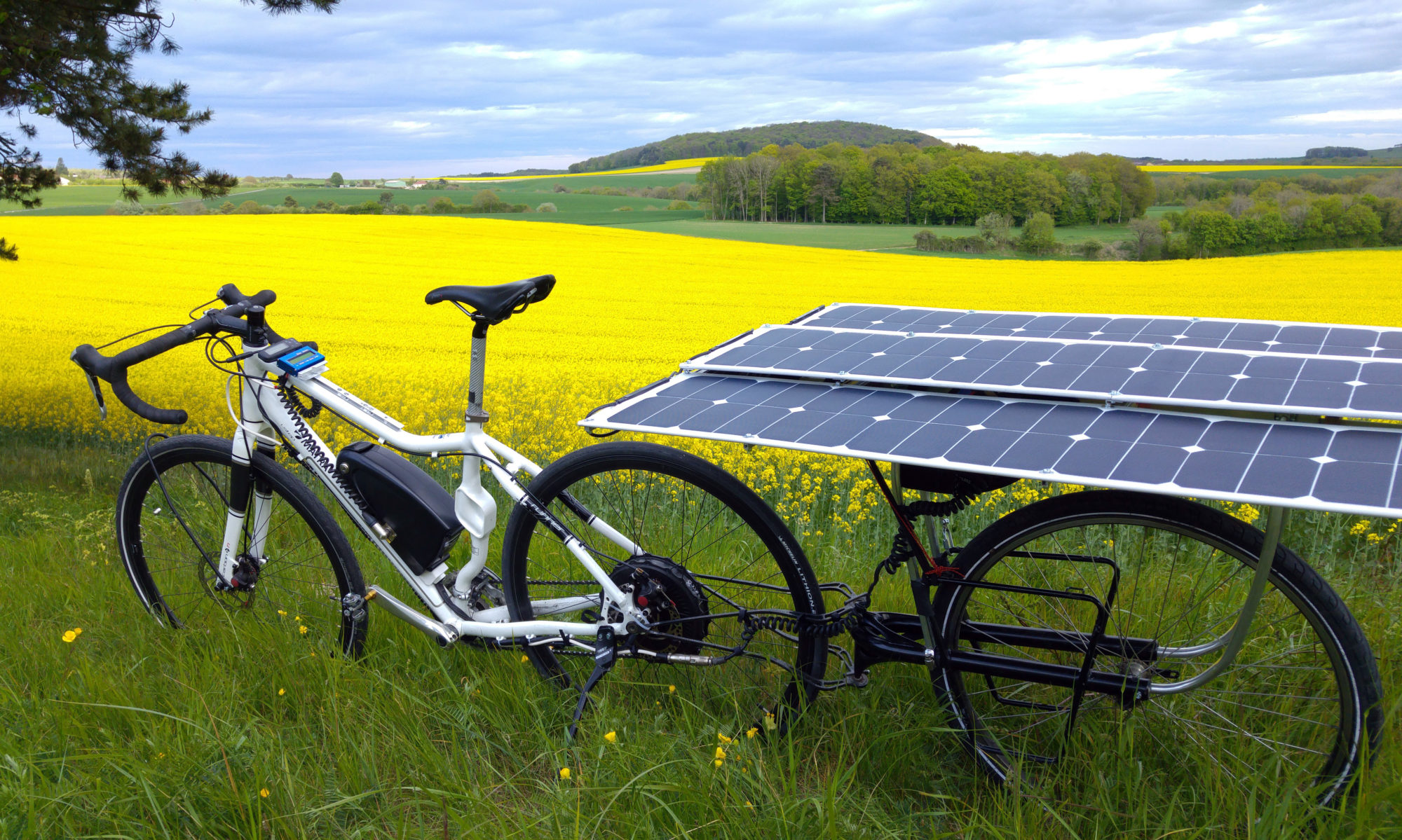

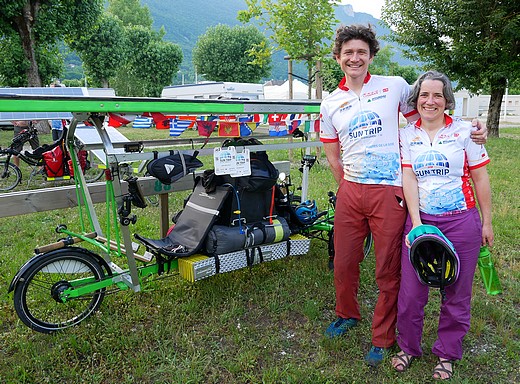
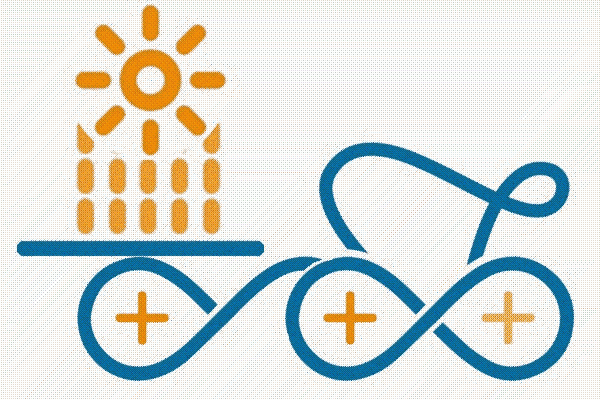
 When I first searched for panels, I read that the yield of this monocrystalline silicon cell was 15%, another 20% and some 22% (in 2017). Today in 2019, the best reaches 25%. Unfortunately, this feature is often absent from the panel specifications.
When I first searched for panels, I read that the yield of this monocrystalline silicon cell was 15%, another 20% and some 22% (in 2017). Today in 2019, the best reaches 25%. Unfortunately, this feature is often absent from the panel specifications.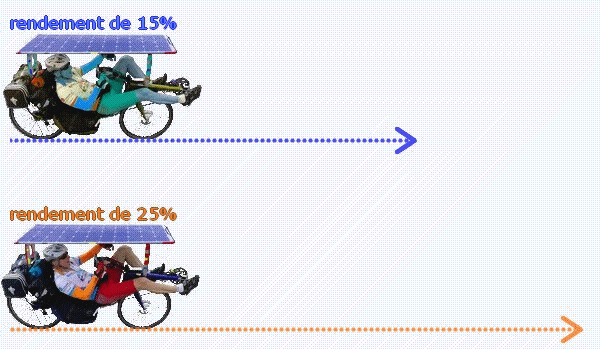
 The solar cyclist is therefore tempted to acquire the cells with “high efficiency”. And why not the best of the moment?
The solar cyclist is therefore tempted to acquire the cells with “high efficiency”. And why not the best of the moment?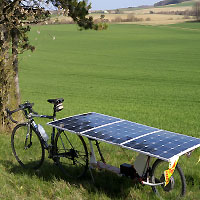 Photovoltaic panels are the key element of the solar bike: they convert the energy of the sun into electric energy that can be used directly by the engine and/or for charging the battery. When we start the adventure of building his solar bike, we are a little lost in front of the diversity of offers.
Photovoltaic panels are the key element of the solar bike: they convert the energy of the sun into electric energy that can be used directly by the engine and/or for charging the battery. When we start the adventure of building his solar bike, we are a little lost in front of the diversity of offers.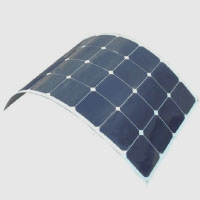 Flexible panels: this is the type of panel most frequently used for solar bikes. The reasons are their lightness (from 3 to 5 kg for 200W) and the good energy efficiency of the monocrystalline silicon cells that compose them (ratio between recovered electrical energy/solar energy received). More often than not, a supporting structure of the panels is added that rigidifies and protects them. In fact, every shock on a cell decreases its performance locally. With multiplied shocks, the total power of the panel decreases significantly and permanently. That is the weak point of flexibility.
Flexible panels: this is the type of panel most frequently used for solar bikes. The reasons are their lightness (from 3 to 5 kg for 200W) and the good energy efficiency of the monocrystalline silicon cells that compose them (ratio between recovered electrical energy/solar energy received). More often than not, a supporting structure of the panels is added that rigidifies and protects them. In fact, every shock on a cell decreases its performance locally. With multiplied shocks, the total power of the panel decreases significantly and permanently. That is the weak point of flexibility.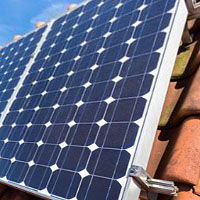 Rigid panels: t
Rigid panels: t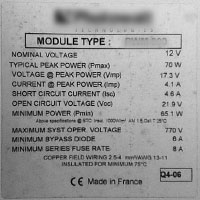 The electrical characteristics are mentioned by the manufacturers. The main features are the operating voltage (VMP in volts) and the maximum current in the event of maximum sunlight (IMP in AMPS). Depending on the Assembly of the cells, in series and/or parallel, panels of the same power may have different operating voltages and maximum currents.
The electrical characteristics are mentioned by the manufacturers. The main features are the operating voltage (VMP in volts) and the maximum current in the event of maximum sunlight (IMP in AMPS). Depending on the Assembly of the cells, in series and/or parallel, panels of the same power may have different operating voltages and maximum currents.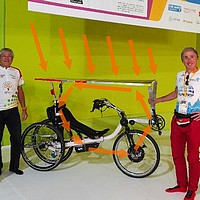 The designer of a solar bike is therefore faced with an equation with many parameters influencing each other:
The designer of a solar bike is therefore faced with an equation with many parameters influencing each other: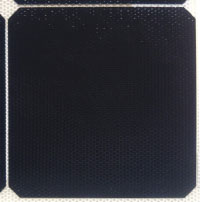 Monocrystalline silicon cells
Monocrystalline silicon cells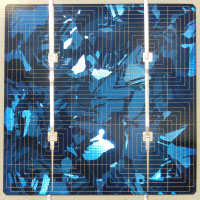 Polycrystalline silicon cells
Polycrystalline silicon cells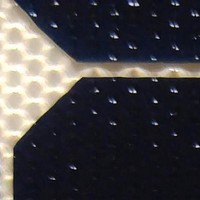 “class A” cells: they are of very good quality, without visible defect and their electrical characteristics correspond exactly to the specifications defined by the manufacturer. The solar panels built with this cell class are therefore the most expensive.
“class A” cells: they are of very good quality, without visible defect and their electrical characteristics correspond exactly to the specifications defined by the manufacturer. The solar panels built with this cell class are therefore the most expensive. “class B” cells: they are of good quality and have little visible defects. Their yield is close to or slightly lower than the “class A” cells.
“class B” cells: they are of good quality and have little visible defects. Their yield is close to or slightly lower than the “class A” cells. “class C” cells: they show visible defects that affect their performance (e.g. chipped, cracked cells…). Their performance is obviously less good, these cells are used to realize the economic signs.
“class C” cells: they show visible defects that affect their performance (e.g. chipped, cracked cells…). Their performance is obviously less good, these cells are used to realize the economic signs.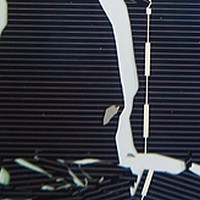 “class D” cells: they present breaks or are incomplete. They can be resized to produce in smaller sizes, but most often their material is recycled to make new ones.
“class D” cells: they present breaks or are incomplete. They can be resized to produce in smaller sizes, but most often their material is recycled to make new ones.